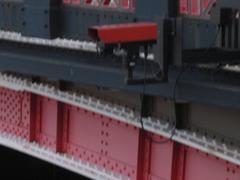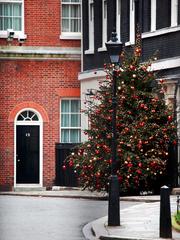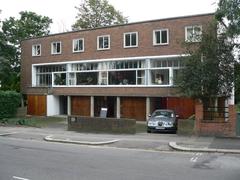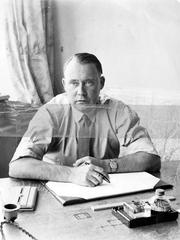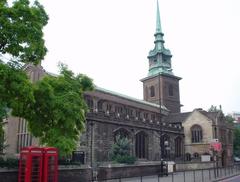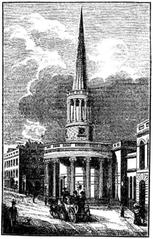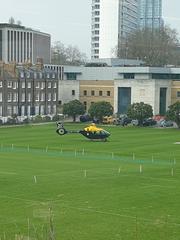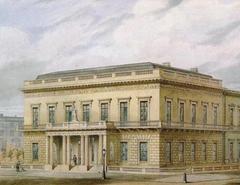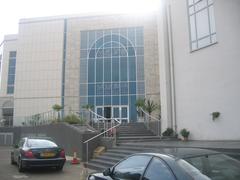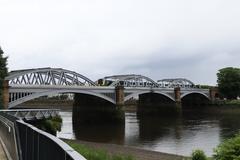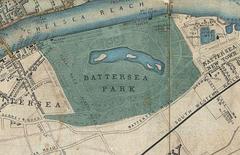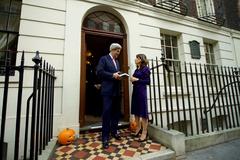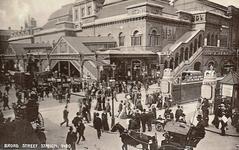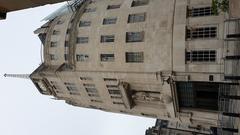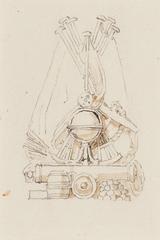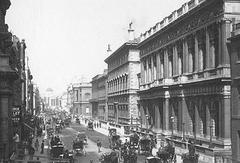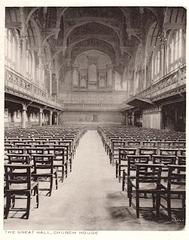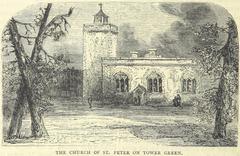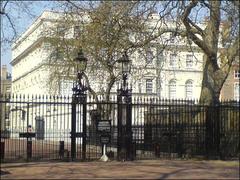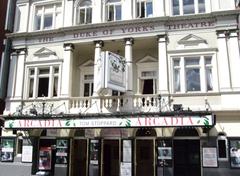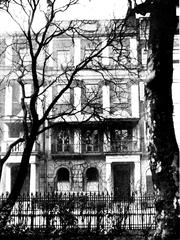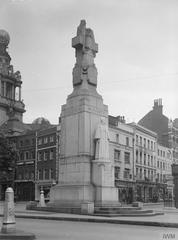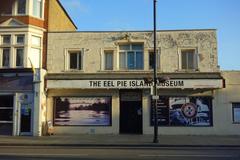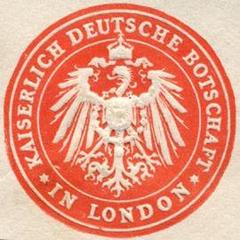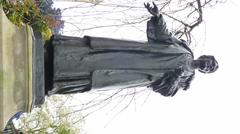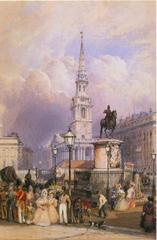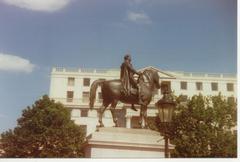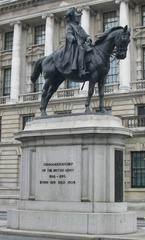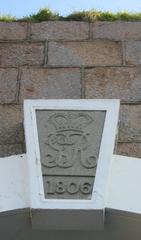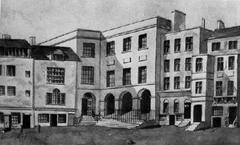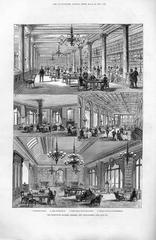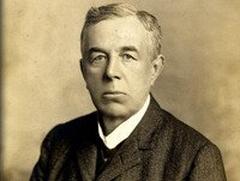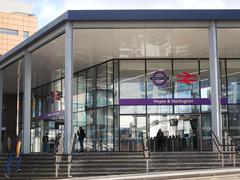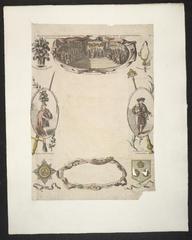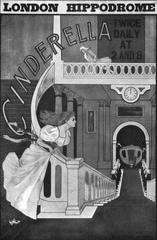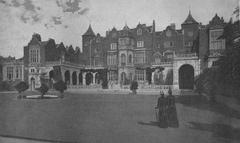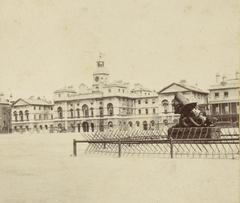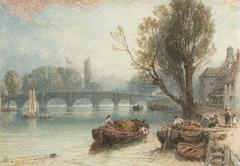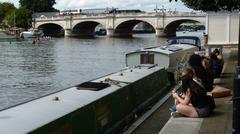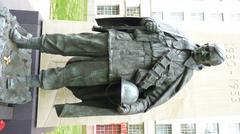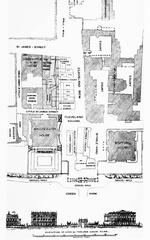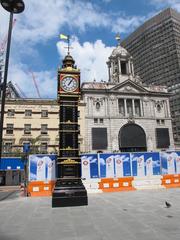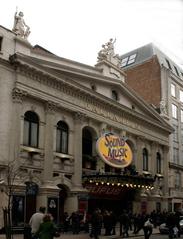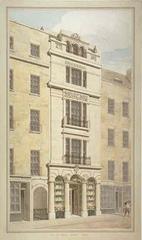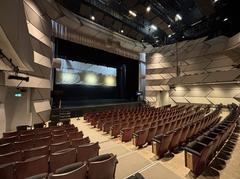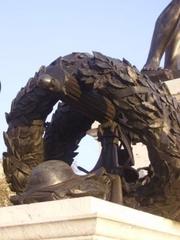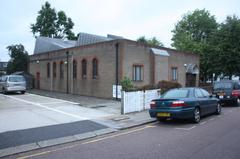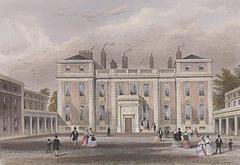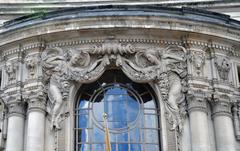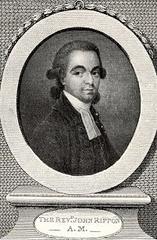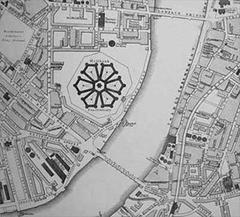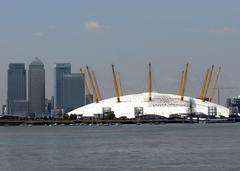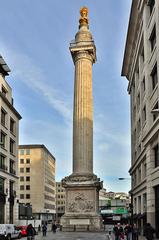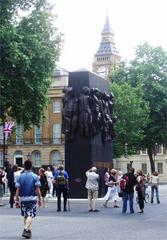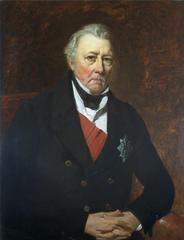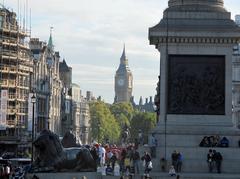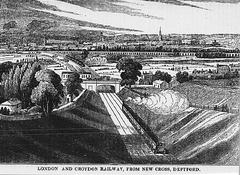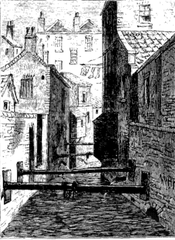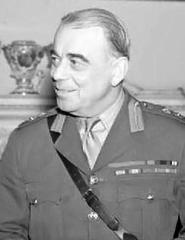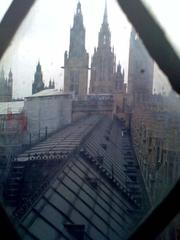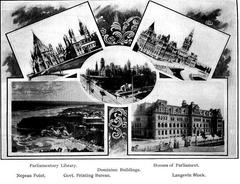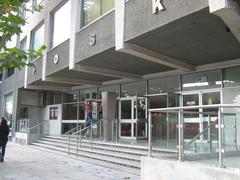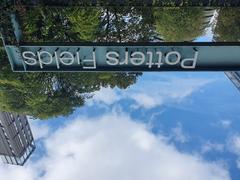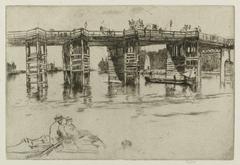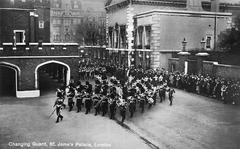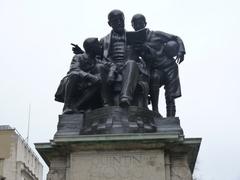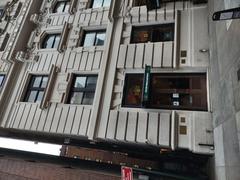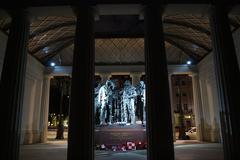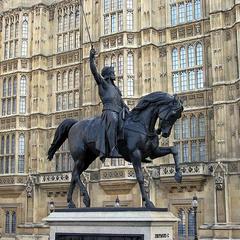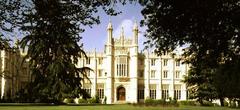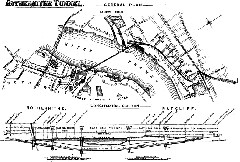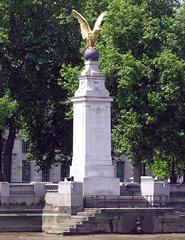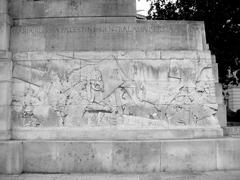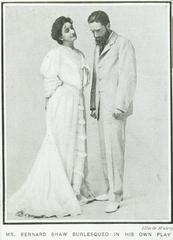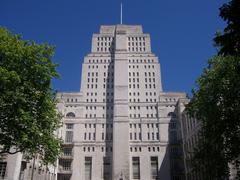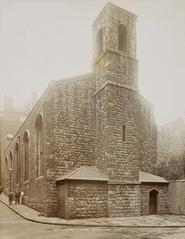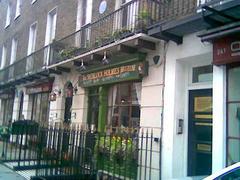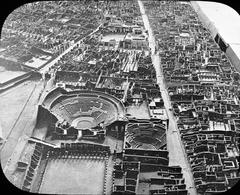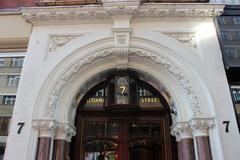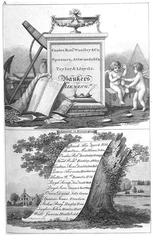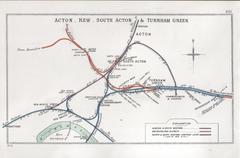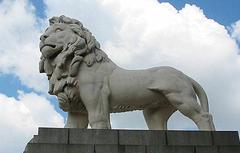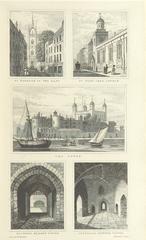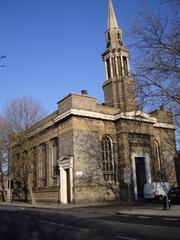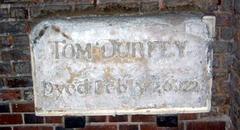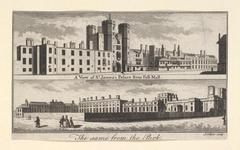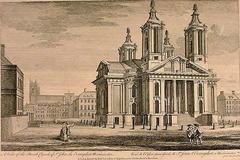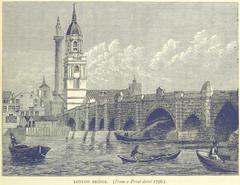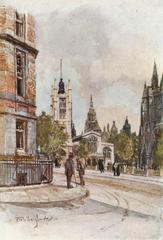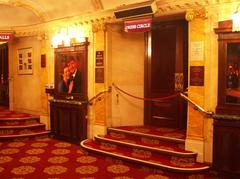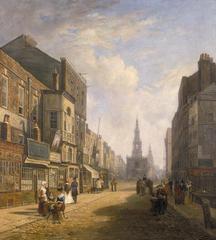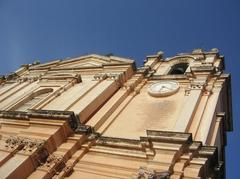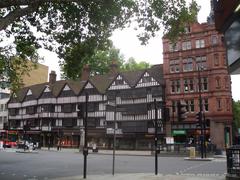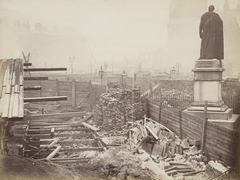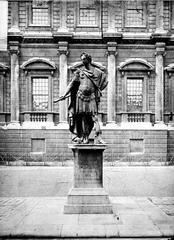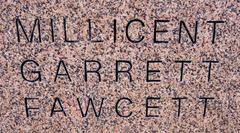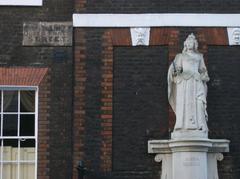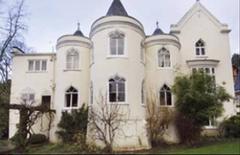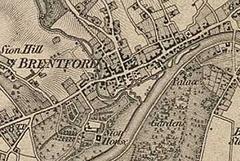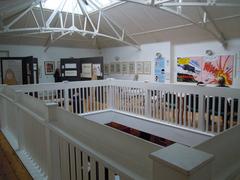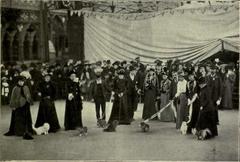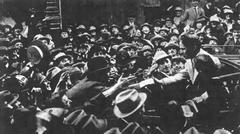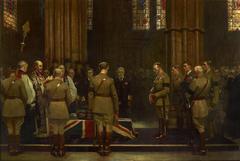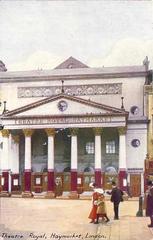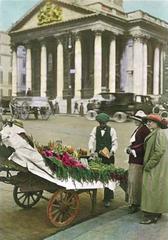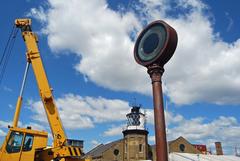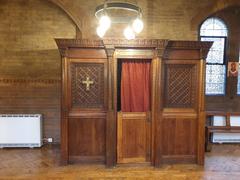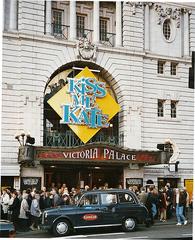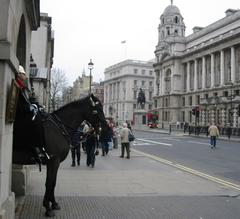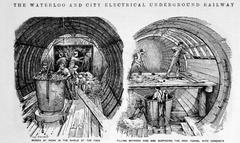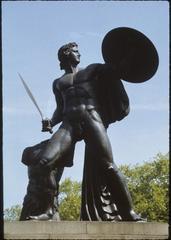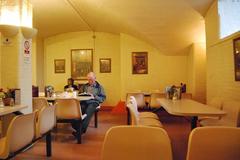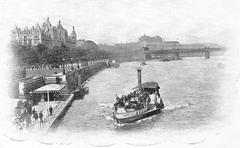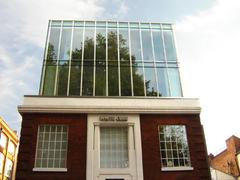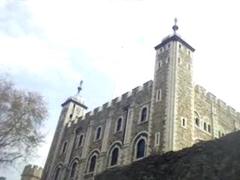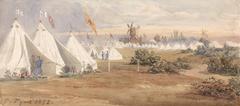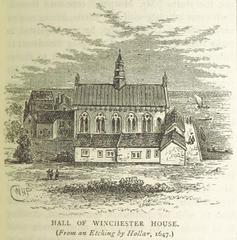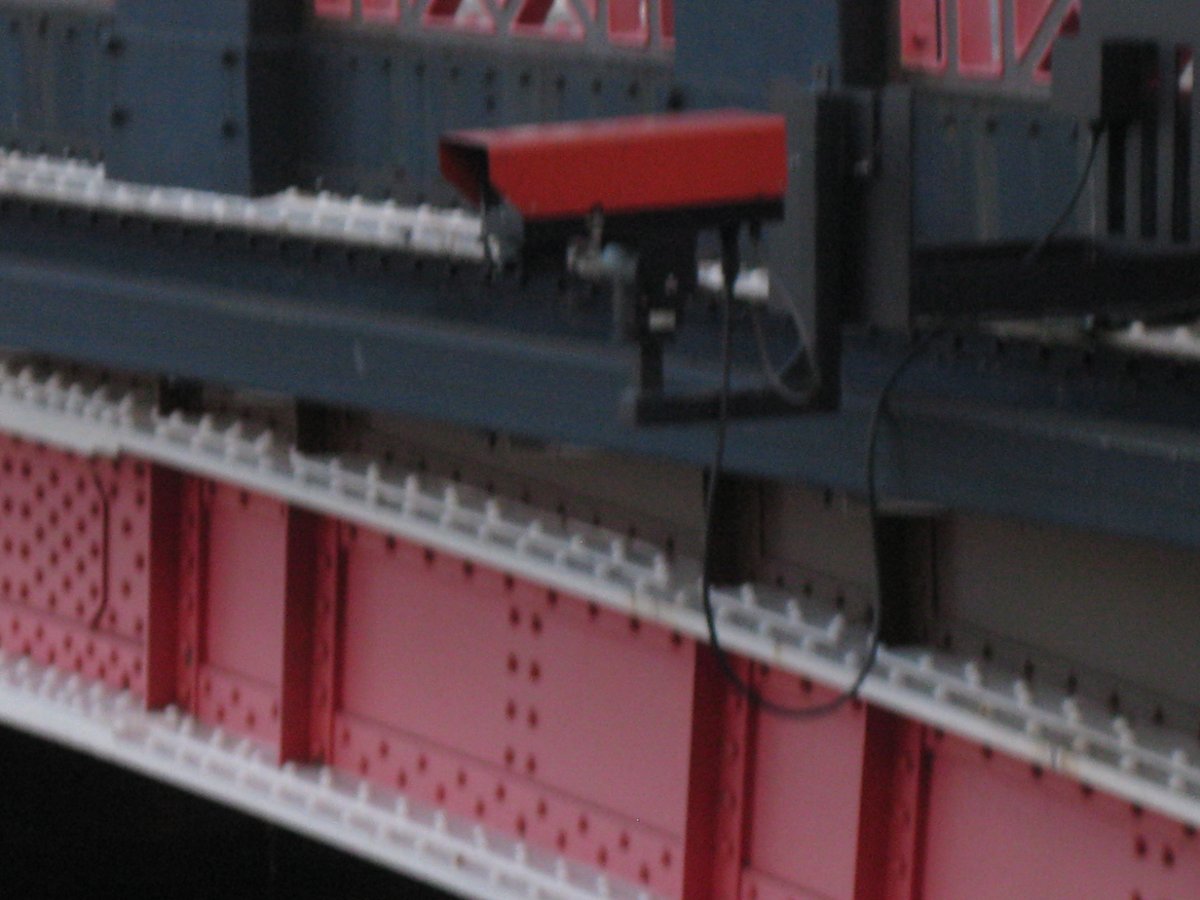
Lambeth Bridge Visiting Guide: Hours, Tickets, and Nearby Historical Sites
Date: 23/07/2024
Introduction
Lambeth Bridge, a striking red steel arch bridge spanning the River Thames in London, is more than just a functional crossing; it is a monument rich in history, architectural elegance, and cultural significance. Opened in 1932, the bridge was designed by engineer Sir George Humphreys and architect Sir Reginald Blomfield. The need for Lambeth Bridge was recognized as early as the 19th century, but it wasn’t until the early 20th century that the London County Council initiated its construction to alleviate traffic congestion and support the growing city’s infrastructure (Historic England). The bridge’s red color symbolizes its connection to the House of Lords, and it features unique architectural elements such as obelisks topped with pineapples, reflecting a blend of functionality and aesthetic appeal. Lambeth Bridge has also played a crucial role during historical events, including World War II, and continues to be a vital transportation link and cultural landmark in London today (Engineering Timelines).
Table of Contents
- The Rich History and Modern Significance of Lambeth Bridge
- Renovations and Modern Use
- Visitor Information
- Cultural and Social Impact
- Preservation Efforts
- Frequently Asked Questions
- Conclusion
- References
The Rich History and Modern Significance of Lambeth Bridge
Early Conception and Planning
The need for a bridge at Lambeth was recognized as early as the 19th century due to increasing traffic and the inadequacy of existing crossings. The initial proposal for a bridge at Lambeth was made in 1861, but it wasn’t until the early 1920s that serious planning began. The London County Council (LCC) played a pivotal role in the bridge’s conception, recognizing the necessity for improved infrastructure to accommodate the growing population and vehicular traffic.
Design and Construction
The design of Lambeth Bridge was entrusted to engineer Sir George Humphreys and architect Sir Reginald Blomfield. The bridge’s design is notable for its five steel arches and the use of granite for the piers and abutments. The construction began in 1929 and was completed in 1932. The total cost of the bridge was approximately £400,000, a significant investment at the time. The bridge was officially opened by King George V on July 19, 1932. The design of the bridge is often praised for its aesthetic appeal, blending functionality with architectural elegance.
Architectural Features
Lambeth Bridge is distinguished by its red color, which is said to reflect the color of the benches in the House of Lords, located nearby. The bridge’s design includes several unique features, such as the obelisks at each end, which are topped with pineapples—a symbol of hospitality and welcome. The bridge spans 776 feet (236 meters) and is 60 feet (18 meters) wide, providing ample space for both vehicular and pedestrian traffic. The steel arches are a defining characteristic, providing both strength and visual appeal.
Historical Significance
Lambeth Bridge holds significant historical importance, not only as a vital transportation link but also as a symbol of London’s development during the early 20th century. The bridge played a crucial role during World War II, serving as a key route for military and civilian movements. Despite being a target during the Blitz, the bridge sustained minimal damage and continued to function throughout the war. The resilience of Lambeth Bridge during this period is a testament to its robust construction and strategic importance.
Renovations and Modern Use
Over the years, Lambeth Bridge has undergone several renovations to maintain its structural integrity and accommodate modern traffic demands. In the 1970s, significant repairs were carried out to address wear and tear, and in 1997, the bridge was repainted and refurbished. Today, Lambeth Bridge continues to serve as a crucial crossing over the Thames, facilitating the movement of thousands of vehicles and pedestrians daily. The bridge’s historical and architectural significance has also made it a popular subject for photographers and tourists.
Visitor Information
- Opening Hours: Lambeth Bridge is accessible to pedestrians and vehicles 24/7.
- Tickets: No tickets are required to visit Lambeth Bridge.
- Travel Tips: The bridge is within walking distance of major attractions like the Palace of Westminster and Lambeth Palace.
- Accessibility: The bridge has pedestrian walkways suitable for strollers and wheelchairs.
- Nearby Attractions: After exploring Lambeth Bridge, visit the nearby South Bank for a range of cultural and entertainment options.
Cultural and Social Impact
Lambeth Bridge has also made its mark in popular culture, appearing in various films, television shows, and literature. Its proximity to iconic landmarks such as the Palace of Westminster and Lambeth Palace adds to its cultural significance. The bridge is often featured in media as a symbol of London, representing the city’s rich history and architectural heritage. Additionally, Lambeth Bridge has been the site of numerous public events and demonstrations, reflecting its role as a central and accessible location in the heart of London.
Preservation Efforts
Given its historical and architectural value, Lambeth Bridge is subject to preservation efforts to ensure its longevity. The bridge is a Grade II listed structure, which means it is recognized for its special architectural and historic interest. This designation helps protect the bridge from unauthorized alterations and ensures that any renovations are carried out with respect to its original design. Preservation efforts are crucial in maintaining the bridge’s structural integrity and historical significance for future generations.
Frequently Asked Questions
- What are the opening hours for Lambeth Bridge? Lambeth Bridge is accessible to pedestrians and vehicles 24/7.
- Is Lambeth Bridge accessible for pedestrians? Yes, the bridge has pedestrian walkways suitable for strollers and wheelchairs.
- Do I need a ticket to visit Lambeth Bridge? No, visiting Lambeth Bridge is free of charge.
Conclusion
Lambeth Bridge stands as a testament to London’s rich history, architectural innovation, and cultural significance. Its strategic location, symbolic color scheme, and role in connecting key political and cultural sites make it an essential part of the city’s landscape. Whether you’re visiting for its historical significance or its scenic views, Lambeth Bridge is a must-see landmark in the heart of London.
